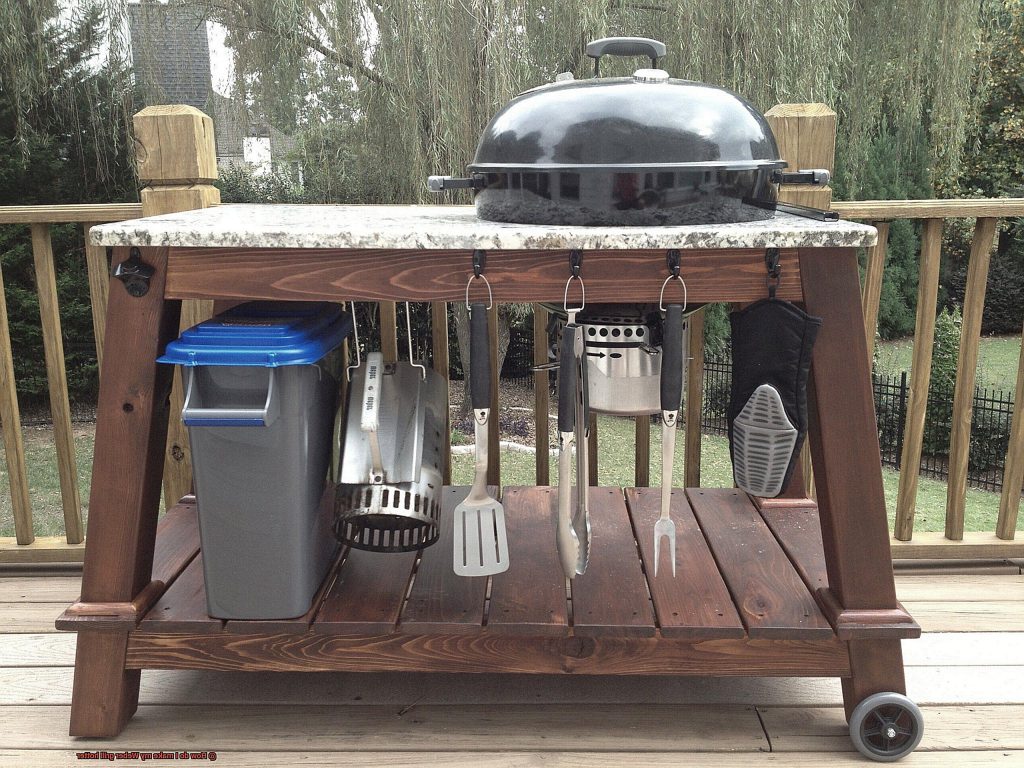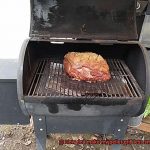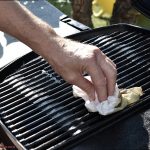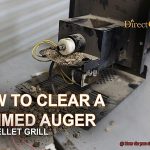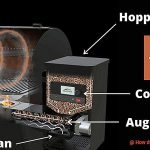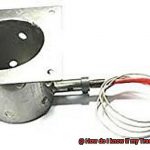Picture this: you’ve got your favorite cut of meat ready to grill, but your Weber grill just isn’t hot enough to give it that perfect sear. Don’t worry – I’ve got you covered with some easy and effective ways to crank up the heat and get that mouth-watering flavor you crave.
Before we dive in, let’s talk about the science behind grill temperature. The heat on your Weber grill comes from burning charcoal or gas, which produces infrared radiation. This radiation heats up the grill grates and your food. So, how do we make sure that heat is cranked up to the max?
First things first – clean those grill grates. Excess debris can cause temperature fluctuations and prevent your meat from cooking evenly. Once your grates are sparkling clean, consider adjusting the air intake vents and adding more fuel to the fire for increased heat output.
One pro tip is to preheat your grill to a higher temperature than required. When you add your food, the temperature will drop slightly, so starting hotter ensures that you’ll still have enough heat for that perfect sear.
And if you’re serious about achieving precise temperatures every time, invest in a good-quality grill thermometer. It’ll help you monitor and adjust cooking temperatures with ease.
With these simple strategies in mind, you’ll be well on your way to impressing everyone at your next outdoor barbecue with perfectly cooked meats. So go ahead – light up that grill and get ready for some seriously delicious results.
Contents
Clean the Grill for Maximum Airflow
Grilling is an art form that brings people together, and a clean grill is crucial to achieving those perfect grill marks and delicious meals. To ensure maximum airflow and heat output, it’s important to start with a clean grill. A dirty grill can hinder airflow, leading to uneven heating and lower temperatures overall.
To get started, remove any leftover ash or debris from the bottom of your Weber grill. Next, use a wire brush or grill brush to scrub the grates clean, making sure to remove any buildup that could block airflow. If your grates are particularly dirty, soak them in warm, soapy water for a few minutes before scrubbing them.
Don’t forget to check the vents on your grill. They’re vital for regulating airflow and temperature, so make sure they’re not clogged with debris. Use a small brush or toothbrush to clean them out if necessary.
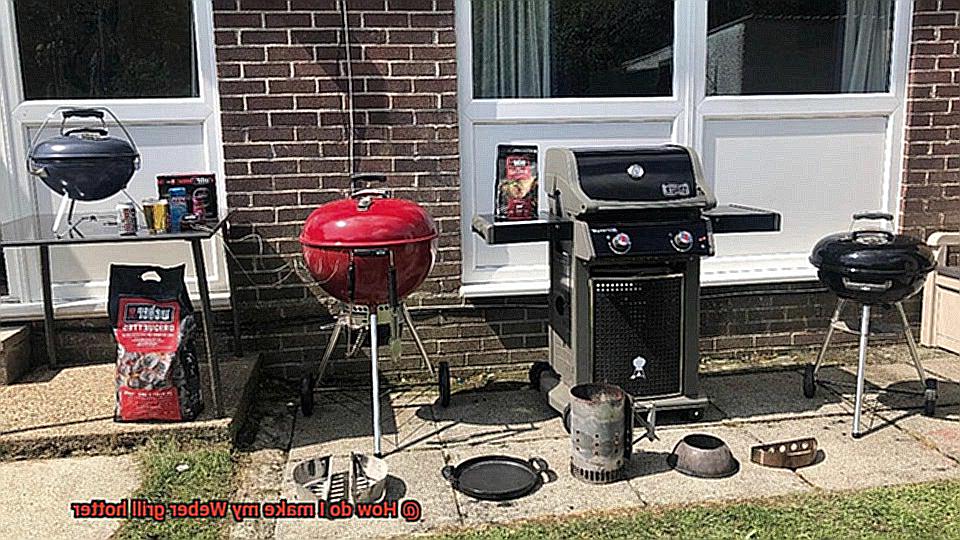
Burners on your grill can also become clogged with grease and debris over time, preventing them from heating properly. Use a wire brush or scraper to remove any buildup you notice on your burners.
Adjusting the vents on your Weber grill can increase airflow and heat output. Opening the bottom vents allows more air to enter, while opening the top vents allows more heat to escape. Experiment with different vent configurations to find the ideal balance for your grill and what you’re cooking.
Preheat your grill for at least 15 minutes before placing any food on it. This ensures that the grill grates are hot enough to sear and cook food properly while preventing sticking and ensuring even cooking.
Using high-quality charcoal is also important for achieving maximum airflow and heat output. Look for lump charcoal made from natural hardwoods without additives or chemicals.
Adjust the Vents for Optimal Heat Output
Grilling is an art that requires precision and control to achieve the perfect temperature for your food. Luckily, adjusting the vents on your Weber grill is a simple and effective way to increase or decrease heat output as needed. As an expert in this field, I have compiled some tips to help you adjust the vents for optimal heat output and take your grilling game to new heights.
To start, open both the top and bottom vents all the way. This allows maximum airflow to reach the coals, helping them reach their maximum temperature. Once the coals are hot, you can adjust the vents to maintain the desired temperature. Remember, small adjustments are key, so give them some time to take effect before making any further changes.
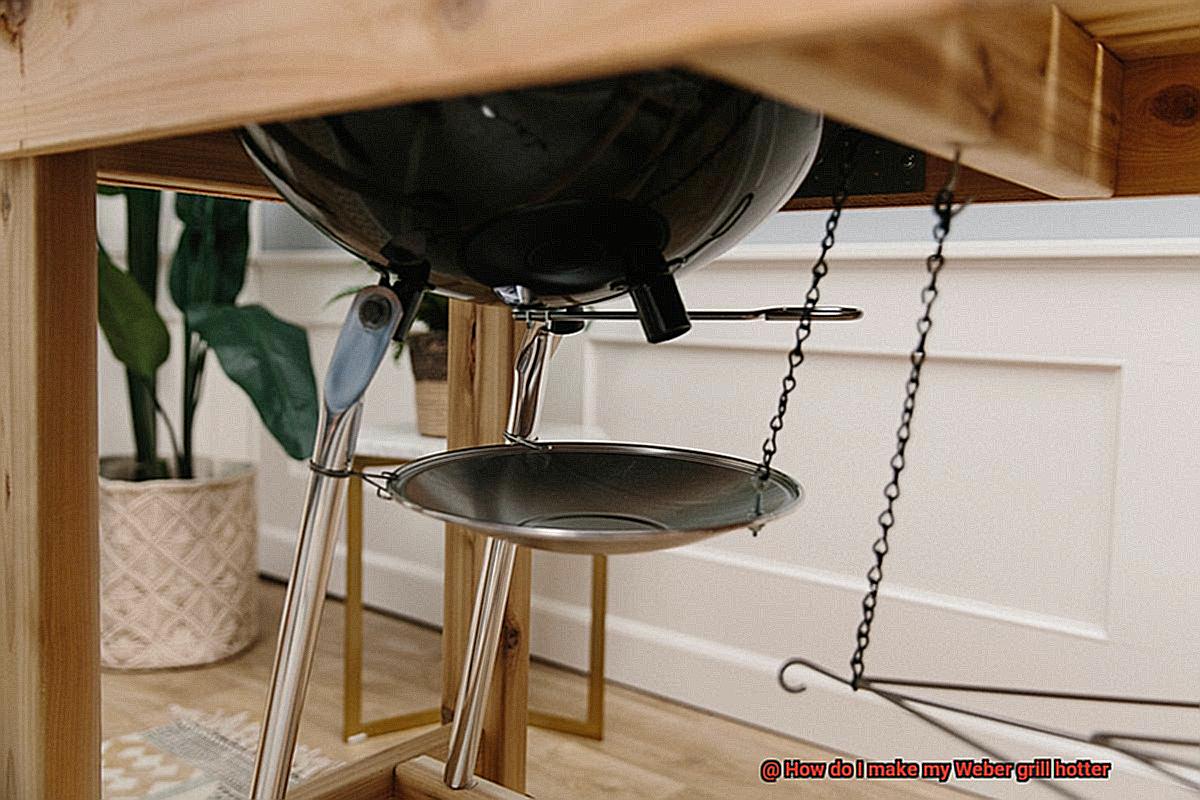
If you need to increase heat output, open the vents a little more. If you need to decrease heat output, close them slightly. But be careful not to make drastic changes as this can lead to overcooking or undercooking your food.
Another useful tip is to position the vents on the side of the grill opposite the charcoal. This creates a draft that pulls air through the grill and over the coals, helping them burn hotter. You can also try positioning the vents directly above the coals for more direct heat.
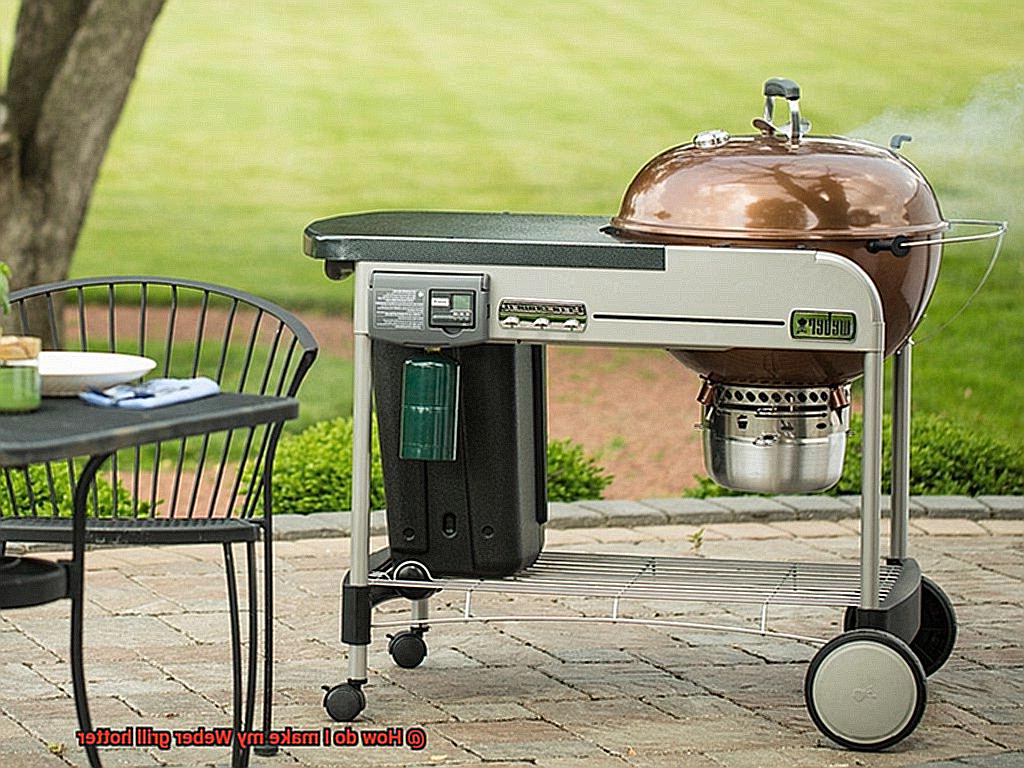
When adjusting vents for optimal heat output, keep in mind that different foods require different temperatures and cooking times. For example, dense meats like steaks require higher temperatures and shorter cook times, while delicate foods like fish require lower temperatures and longer cook times.
Preheat the Grill Before Use
Well, buckle up because I’m about to share with you the secret to achieving mouth-watering, perfectly cooked dishes every time – preheating your Weber grill before use.
Picture this: You’ve got your ingredients prepped and ready to go, but before you start cooking, you need to give your grill a warm-up session. Just like how athletes stretch and do some light exercises before a game, your Weber grill needs some time to heat up before it’s ready to cook up some delicious meals.
So, why is preheating so important? Let’s break it down:
- It allows the grates to reach the optimal temperature for searing meat and creating those iconic grill marks that we all love – a true sign of a pro-grill master.
- It helps burn off any residual food or debris from the previous cookout, ensuring that your food is cooked in a clean and hygienic environment.
- Preheating ensures that the temperature inside the grill is high enough for cooking, which results in faster and more efficient cooking times.
But how do you preheat your Weber grill? Don’t worry; it’s a breeze. Start by opening all the vents to allow for proper airflow. Next, turn on the burners or light the charcoal and let it heat up for about 10-15 minutes with the lid closed. This will give your grill enough time to reach the right temperature, allowing those grates to get nice and hot.
Remember, preheating times may vary depending on the type of Weber grill you have and the amount of food you plan on cooking. Larger grills or those with more burners may take longer to preheat than smaller models. So be patient and give it some time.
In addition to preheating, proper maintenance is crucial in ensuring your grill heats up correctly every time. Regularly cleaning out any ash or debris from charcoal grills and washing the grates after each use will keep your grill in tip-top shape.
Utilize High-Quality Charcoal or Propane
Look no further than the type of fuel you use in your Weber grill. Whether you prefer the traditional taste of charcoal or the convenience of propane, utilizing high-quality fuel can make all the difference.
Let’s start with charcoal. While it may seem like all charcoal is created equal, opting for high-quality options can result in hotter temperatures and faster cooking times. Hardwood lump charcoal or compressed hardwood briquettes are excellent choices that produce less ash and burn longer than cheaper alternatives. These high-quality options are perfect for searing steaks or burgers to perfection.
If you prefer more precise temperature control, propane may be the way to go. Using a high-quality propane tank and regulator is essential to reaching and maintaining the desired temperature, which is crucial when cooking delicate items like fish or vegetables. Keeping your propane tank clean and free of debris is also important to prevent any malfunctions that could affect heat output.
When deciding between charcoal and propane, consider your personal preference and the type of food you’re grilling. While charcoal is ideal for searing heat, propane offers more control for lower temperatures. But no matter which fuel you choose, investing in high-quality options will lead to better results.
Invest in a Grill Thermometer
A grill thermometer is the key to achieving perfectly cooked meats and ensuring food safety.
Accurate Temperature Monitoring
Say goodbye to the days of guessing the temperature of your grill. With a grill thermometer, you can monitor the heat level with precision. This information allows you to adjust the heat level accordingly and achieve the desired temperature for your meat. Whether you’re using a digital or analog thermometer, it’s important to ensure that it’s accurate and reliable.
Different Types of Grill Thermometers
Grill thermometers come in all shapes and sizes, making it easy to find one that suits your needs. Some models come with a probe that can be inserted into the meat, while others come with a built-in probe that reads the temperature of the grill. No matter your preference, there is a thermometer out there for you.
Easy to Use
Using a grill thermometer is straightforward and simple. Insert the probe into the meat or place it on the grill surface and wait for a few seconds for it to read the temperature. Once you have obtained the temperature reading, adjust the heat level of your Weber grill accordingly. It’s that easy.
Food Safety
Investing in a grill thermometer isn’t just about improving your grilling skills; it’s also about ensuring food safety. The USDA recommends cooking meats to specific temperatures to kill bacteria and prevent foodborne illnesses. With a thermometer, you can ensure that your meat is cooked thoroughly and safely.
Grilling Tips and Tricks for Hotter Grilling Results
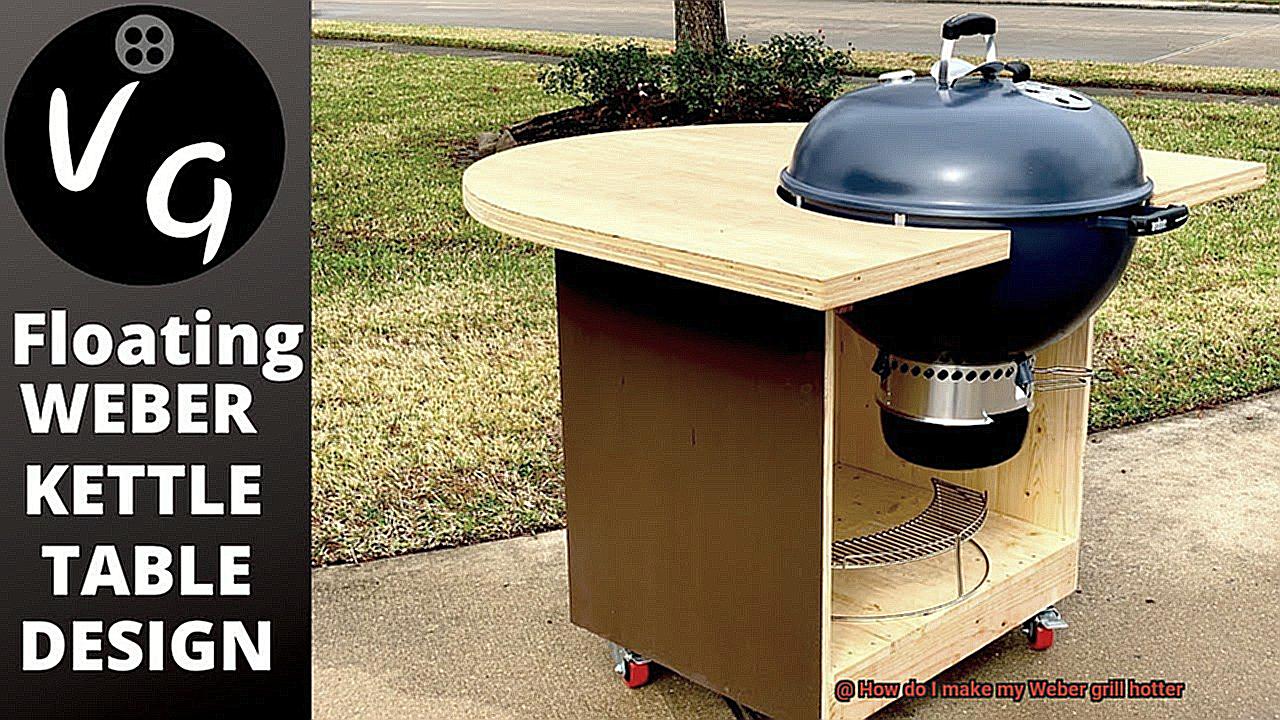
Summer is here, and it’s time to get grilling. But what do you do when your Weber grill just isn’t hot enough? Don’t worry, we’ve got you covered with these tips and tricks for hotter grilling results that will help you achieve that perfect sear and char.
Clean your grill
Before you start grilling, give your Weber grill a good cleaning. A dirty or greasy grill can hinder its ability to heat up properly. Use a wire brush or scraper to clean the grates thoroughly and check for any clogs in the burners or gas lines.
Use a chimney starter
If you’re using a charcoal grill, consider using a chimney starter to light your coals. This method allows the coals to heat up more evenly and quickly, producing a hotter fire. Simply fill the chimney with charcoal, light a piece of newspaper underneath, and wait for the coals to turn gray before pouring them into the grill.
Check your propane tank
If you’re using a gas grill, make sure your propane tank is full and the regulator is working properly. A low tank or faulty regulator can cause the grill to heat up slowly or not at all. You may also want to consider investing in a higher BTU gas grill, which can produce hotter temperatures than lower BTU models.
Preheat your grill
Preheating your Weber grill is crucial for achieving hotter grilling results. Allow your grill to heat up for at least 10-15 minutes before cooking to ensure that the grates and burners reach their maximum temperature. This will ensure that your food cooks quickly and evenly.
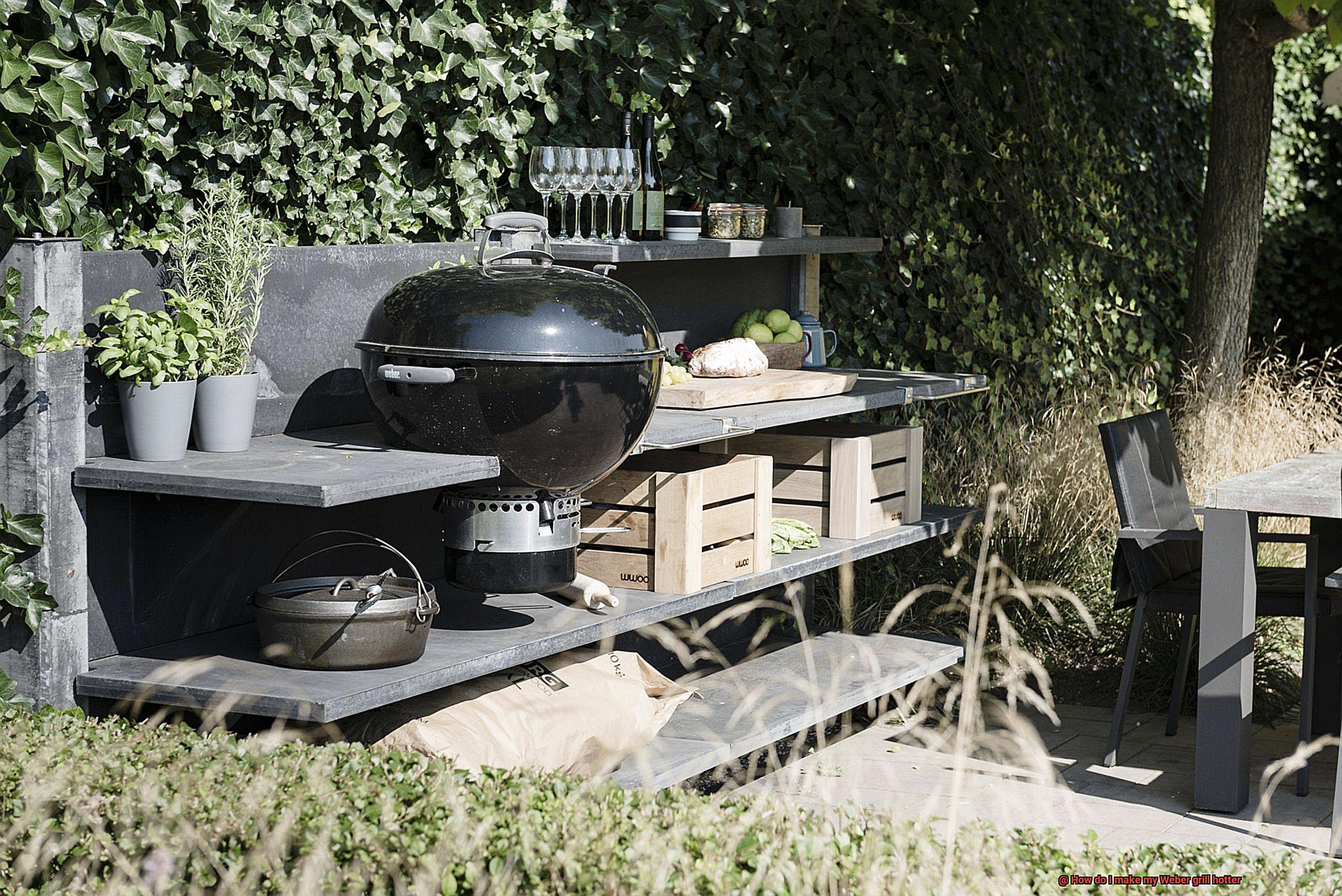
Use indirect heat
Indirect heat is an excellent technique for cooking larger cuts of meat or delicate foods that require slower cooking. By placing the food on one side of the grill while the burners or coals are on the other side, you create a hot zone and a cooler zone. This method ensures that your food cooks evenly and doesn’t burn.
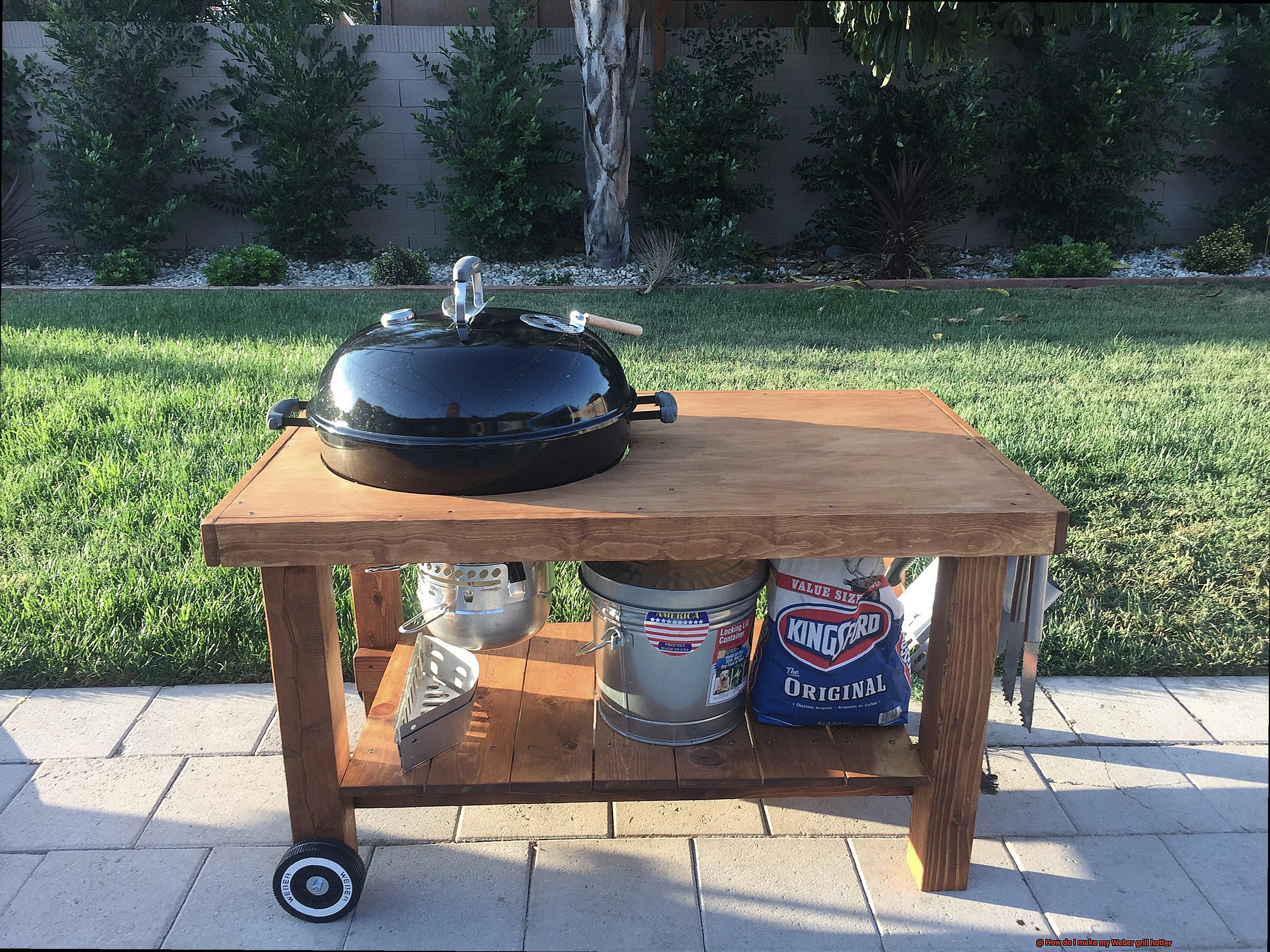
Common Mistakes to Avoid When Trying to Make Your Weber Grill Hotter
By avoiding some common mistakes, you can make sure your Weber grill heats up correctly and cooks your food evenly and deliciously.
First up, preheating is an essential step that cannot be overlooked. Preheat your grill for at least 15 minutes before cooking to ensure it reaches its optimal temperature. Skipping this step can cause a lower temperature, which may result in uneven cooking and potentially undercooked or burnt food.
Another mistake people make is overcrowding the grill. Too much food on the grill can cause the temperature to drop, leading to longer cooking times and possibly even burnt food. To allow for even cooking and proper airflow, make sure to leave space between each item on the grill.
Using low-quality or old charcoal is another mistake that can hinder your Weber grill’s ability to heat up correctly. Always use fresh, high-quality charcoal and store it in a dry place away from moisture. Using old or damp charcoal won’t burn as hot and may even produce excess smoke, which can affect the flavor of your food.
Lastly, opening the lid too often while cooking is a common mistake that many people make. Every time you open the lid, you release heat from the grill, leading to longer cooking times and a delay in reaching optimal temperature. Keep the lid closed as much as possible and only open it when necessary.
To recap:
- Preheat your grill for at least 15 minutes before cooking
- Leave space between each item on the grill to allow for even cooking and proper airflow
- Use fresh, high-quality charcoal stored in a dry place
- Limit lid openings while cooking
Maintenance Tips for Keeping Your Weber Grill Hotter Longer
Proper maintenance is the key to keeping your grill hotter for longer periods of time. Here are five tips to help you achieve perfect grilling temperatures:
Clean the grates
The most important step in maintaining your grill is cleaning the grates regularly. Dirty grates can cause uneven heating and even ruin your meal by causing food to stick. To avoid this, use a stiff-bristled brush or scraper to remove any debris or grease buildup from the grates after each use.
Check the burners
Burners can become clogged with grease and debris over time, leading to poor performance. Before each use, inspect the burners and clean any clogs using a wire brush or compressed air. This will help ensure that your Weber grill heats up quickly and evenly.
Replace worn parts
If you notice any worn or damaged parts on your grill, such as the burners or ignition system, it may be time to replace them. Replacing these parts will not only improve performance but also extend the lifespan of your grill.
Keep the lid closed
Closing the lid while grilling helps trap heat inside and creates a convection effect, allowing for faster and more even cooking. This technique also reduces the risk of flare-ups and prevents hot spots that can affect the cooking temperature.
Use high-quality fuel
Using high-quality fuel such as charcoal or propane can help ensure that your Weber grill heats up quickly and stays hot for longer periods of time. This will not only save you time but also help you achieve perfect grilling temperatures.
Vbjx_weZ7KE” >
Conclusion
In conclusion, the secret to achieving mouth-watering meals on your Weber grill lies in achieving the perfect grilling temperature.
Luckily, there are simple tips and tricks that can help you increase the heat output of your grill and achieve that perfect sear and char on your favorite cuts of meat. Starting with a clean grill is essential, but don’t forget to adjust the vents for optimal heat output.
Preheating your grill before use, using high-quality fuel, and investing in a good-quality grill thermometer are also crucial steps to take. Avoid common mistakes such as overcrowding the grill or using low-quality charcoal that can ruin your cooking efforts.
Lastly, maintaining your Weber grill regularly will keep it hotter for longer periods of time. By implementing these strategies into your grilling routine, you’ll be able to impress everyone at your next outdoor barbecue with perfectly cooked meats and deliciously charred vegetables.

